With regard to this link Predicted probabilities in R ranger package, I have a question.
Imagine I have a mixed data frame, df (comprising of factor and numeric variables) and I want to do classification using ranger. I am splitting this data frame as test and train sets as Train_Set and Test_Set. BiClass is my prediction factor variable and comprises of 0 and 1 (2 levels)
I want to calculate and attach class probabilities to the data frame using ranger using the following commands:
Biclass.ranger <- ranger(BiClass ~ ., ,data=Train_Set, num.trees = 500, importance="impurity", save.memory = TRUE, probability=TRUE)
probabilities <- as.data.frame(predict(Biclass.ranger, data = Test_Set, num.trees = 200, type='response', verbose = TRUE)$predictions)
The data frame probabilities is a data frame consisting of 2 columns (0 and 1) with number of rows equal to the number of rows in Test_Set.
Does it mean, if I append or attach this data frame, namely, probabilities to the Test_Set as the last two columns, it shows the probability of each row being either 0 or 1? Is my understanding correct?
My second question, when I attempt to calcuate confusion matrix through
pred = predict(Biclass.ranger, data=Test_Set, num.trees = 500, type='response', verbose = TRUE)
table(Test_Set$BiClass, pred$predictions)
I get the following error: Error in table(Test_Set$BiClass, pred$predictions) : all arguments must have the same length
What am I doing wrong?
